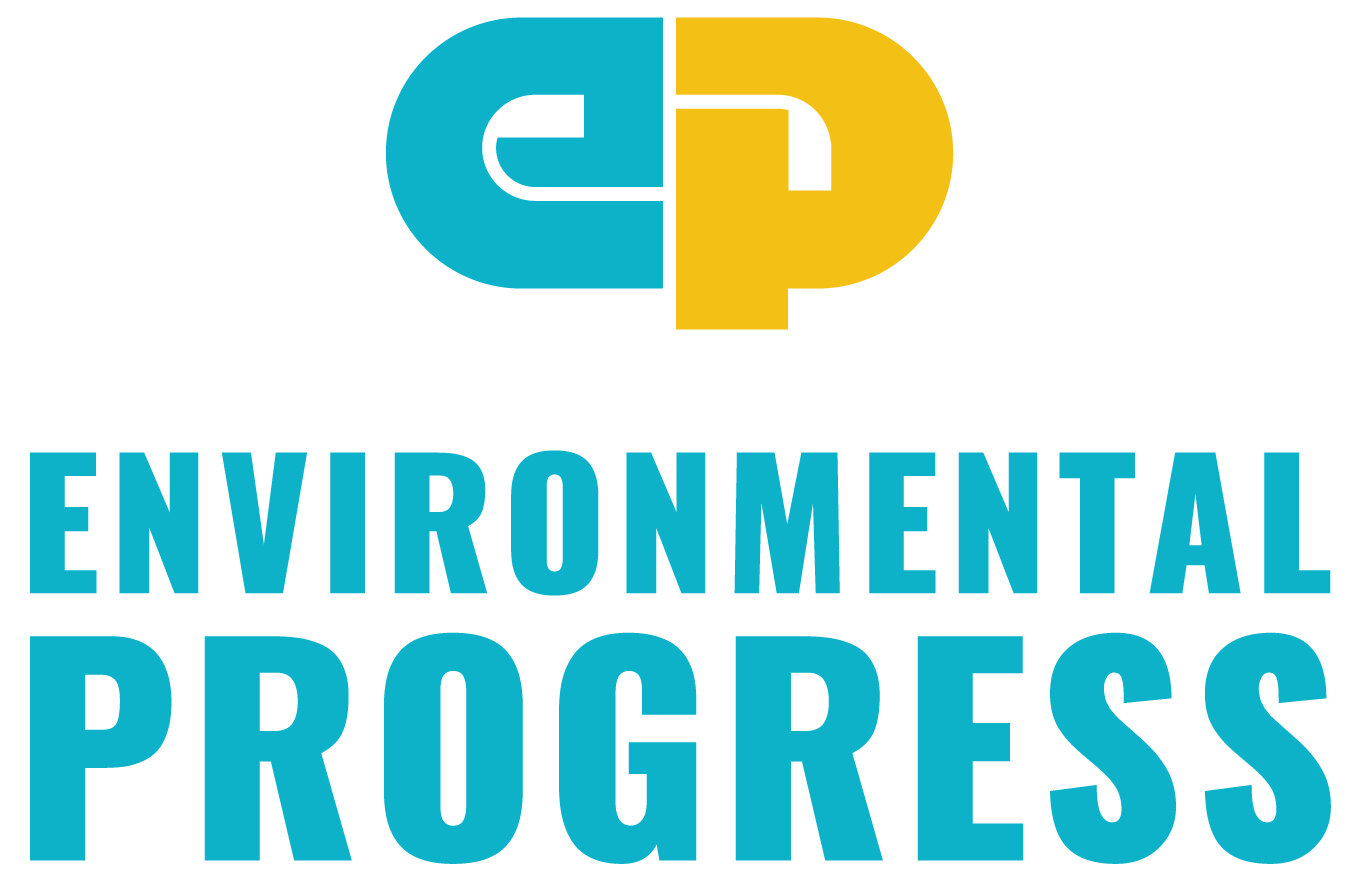Big New York Victory Shows How Far Nuclear Still Has to Go
Environmental Progress and Mothers for Nuclear celebrate inclusion of nuclear in state clean energy standard in New York. Photograph taken by Stephen Whiting
Mothers for Nuclear before the New York Public Service Commission vote.
Pro-nuclear environmentalist Meredith Angwin, Save Vermont Yankee.
Students for Nuclear at New York rally.
Statement by Environmental Progress President Michael Shellenberger
We applaud the Public Service Commissioners and Governor Cuomo for crafting a Clean Energy Standard that will at least temporarily save New York's nuclear plants. This initiative is an inspiration to environmentalists and workers in Illinois, California and other states fighting to save other nuclear plants at high risk of closure.
At the same time, the measure still discriminates against nuclear by not including it in the state's long-term clean-energy mandates. That makes New York's policies less ambitious than they could and should be.
If New York included nuclear in an expanded goal, it could come much closer to 100 percent clean power in 2030 and beyond.
Instead, New York's low-carbon electricity goal is to generate 50 percent of its electricity from renewables by 2030 — which is less than it gets today from nuclear (32%), hydro (19%), wind (3%) and solar (less than 1%).
Similarly, proposed Illinois legislation to support financially struggling nuclear plants would still continue longstanding discrimination against nuclear by excluding it from the state's renewable portfolio standard.
Under the New York plan, renewables will still receive far more in subsidies than nuclear.
Nuclear is the only large-scale low-carbon power source that can replace fossil-fueled plants on a megawatt-for-megawatt basis. Experiences in France, Sweden, Ontario and elsewhere shows that nuclear replaces fossil fuels far more quickly than wind and solar can.
Excluding nuclear from decarbonization plans could end up increasing dependence on natural gas-fired power. As wind and solar expand, so too does the need for fast-ramping gas plants to back them up during darkness, overcast and calm spells when wind and solar output collapses.
After California's San Onofre nuclear plant closed, and the state suffered droughts that reduced hydroelectric output, natural gas-fired power increased from 45 to 61 percent of the state’s electricity generation even as wind and solar capacity soared. Gas-fired electricity could rise to 70 percent as solar and wind expand further to meet state renewables targets.
California’s exclusion of nuclear from the state's renewable portfolio standard was a key factor behind PG&E’s proposal to close the Diablo Canyon nuclear plant by 2025. In failing to make nuclear eligible for all clean-energy mandates, New York and Illinois are at risk of doing what California did, only more gradually.
Gas-fired power is currently New York state's largest source of electricity, at 40 percent. It should be replaced by nuclear and renewables, not renewables alone. Attempting the latter may, as California shows, simply increase demand for natural gas.
While we thank Governor Cuomo and the Public Service Commissioners for a positive step forward, environmentalists concerned about the climate should recognize this as a temporary victory. A true environmental movement — one that is pro-clean power, not just pro-solar and wind — is required to win the ambitious clean energy legislation we need to solve the climate crisis.









